Choosing the right seeds for your garden can feel like a big task, especially with so many options available. Whether you’re a new gardener or an experienced green thumb, picking the best seeds is the first step toward a successful and bountiful garden.
In this article, we’ll guide you through the essential tips and tricks to help you select the perfect seeds for your space, climate, and personal preferences.
From understanding your growing conditions to focusing on disease-resistant varieties, you’ll find everything you need to start your garden off right and watch it flourish throughout the season.
Let’s dive into the exciting world of seeds and discover how to make the best choices for your garden!
1. Types of Seeds
Open-Pollinated Seeds:

These seeds are produced when pollinators such as insects, birds, or the wind spread pollen naturally. The resulting seeds retain the genetic diversity of the parent plants and can be saved and replanted each year, preserving the plant’s traits over generations.
2. Hybrid Seeds:
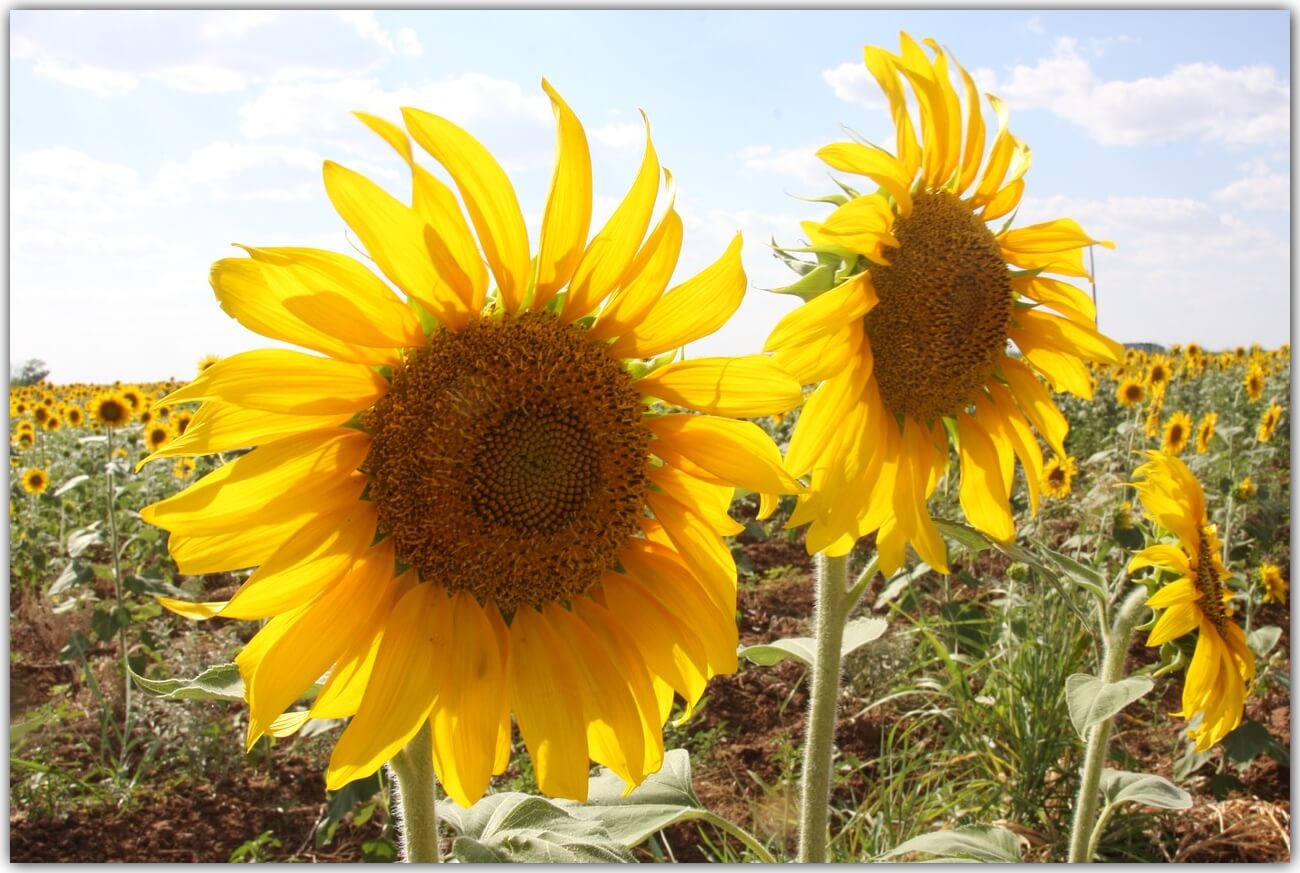
Also known as F-1 seeds, these are created by intentionally cross-pollinating two different plant varieties to achieve specific desirable qualities, such as improved flavor, higher yields, disease resistance, or heat tolerance. Hybrid seeds are developed through controlled pollination by humans.
3. GMO (Genetically Modified Organism) Seeds:
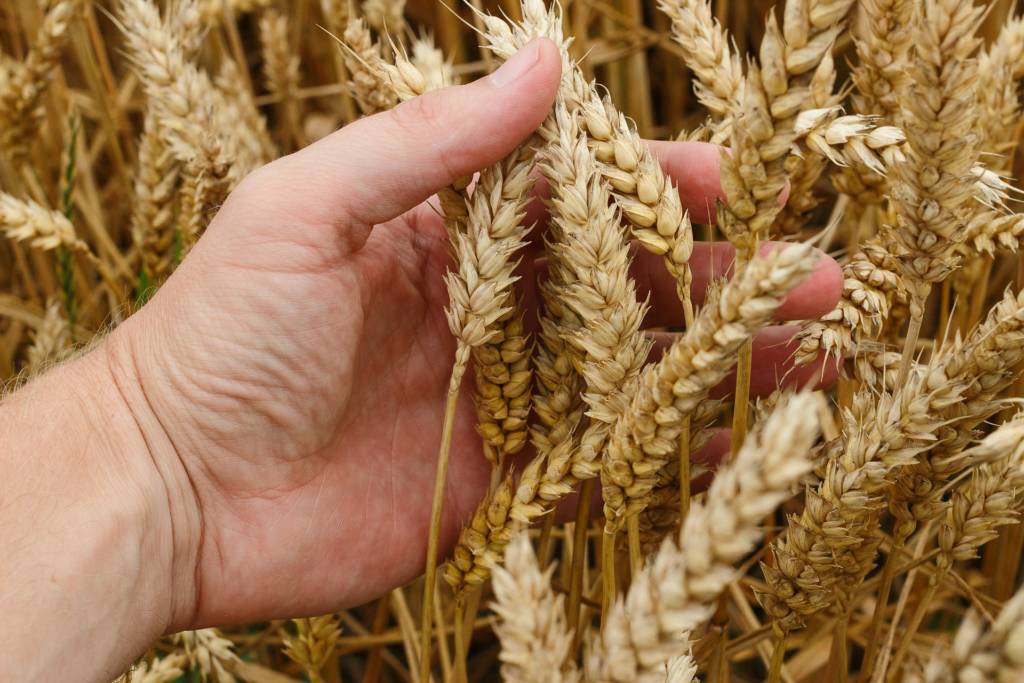
Also referred to as BE (bio-engineered) seeds, these are created in a lab where the DNA of the seed is altered using gene-splicing technology. This process involves modifying the genetic makeup of the seed to introduce new traits that cannot occur naturally, such as enhanced resistance to pests or herbicides.
What Type of Plants can be Grown through Seeds?
1. Fruit Trees:
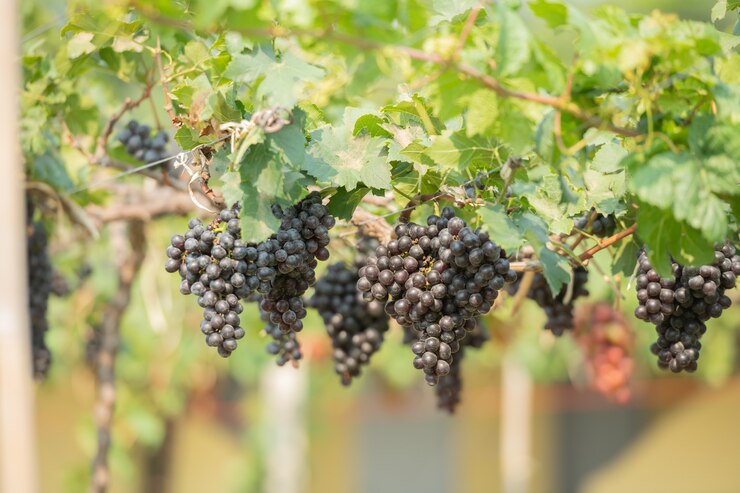
Growing fruit trees from seeds allows you to cultivate delicious fruits at home. Examples include strawberries, watermelon, guava, custard apple, and grapes, offering a variety of flavors and nutritional benefits.
2. Trees:

Trees grown from seeds can provide essential shade and enhance the beauty of your garden. Popular options include oak trees, sandalwood trees, and rainbow shower trees, which are valued for their resilience and aesthetic appeal.
3. Flowering Plants:
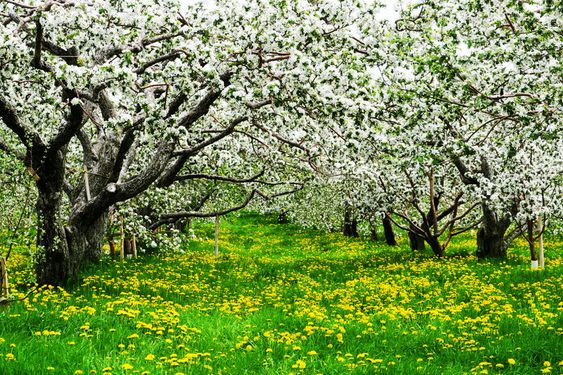
A wide variety of flowering plants can be grown from seeds, offering endless options for adding color and beauty to your garden. From verbena to apple blossom, you can enjoy a diverse array of blooms throughout the year, adapting to both summer and winter seasons.
4. Vegetables:
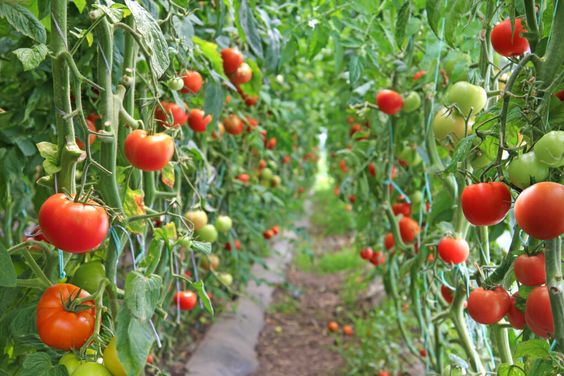
Cultivating a vegetable garden from seeds brings the joy of harvesting your own fresh produce. Common choices for home gardens include eggplant, okra, cucumber, tomato, and radish, providing a continuous supply of healthy, homegrown vegetables.
Tips to Choose the Right Seeds for Your Garden
1. Buy Seeds in Winter
Winter is an ideal time to purchase seeds, as many garden plants, such as annual flowers, vegetables, and herbs, can be started indoors. This allows you to transplant them into your garden once the soil has warmed up in the spring. Cool-weather plants like pansies, sweet peas, cabbage, and broccoli benefit from this jump-start, allowing them to produce a crop before the summer heat. Warm-season plants like zinnias, marigolds, tomatoes, and bell peppers can also be started indoors under grow lights and moved outside after the last frost for an earlier and longer harvest.
2. Consider Your Growing Space

Growing Space for Seeds
Evaluate the amount of growing space you have before selecting seeds. For small gardens or container gardens, choose compact plant varieties that maximize space. For example, determinate tomatoes are ideal for limited spaces, while indeterminate varieties require more room to grow. Similarly, dwarf sunflowers are a better choice for smaller spaces compared to their taller counterparts.
3. Focus on Favorite Varieties
Choose seeds based on the preferences of your household. If your family enjoys spicy foods, consider growing hot pepper plants alongside sweet bell peppers. For continuous harvests, opt for a mesclun seed mix rather than a single type of head lettuce, allowing you to enjoy fresh salad greens over several weeks.
4. Match Seeds to Your Climate

Matching seeds to your climate
Select seeds suited to your local climate by checking the „days to harvest“ or „days to maturity“ information on the seed packet. In northern climates with shorter growing seasons, prioritize faster-maturing varieties. In southern regions, you can grow plants that require a longer period of hot weather. Understanding your climate ensures your plants have enough time to mature and produce a successful harvest.
5. Think About Pollinators
Choose flowers that attract pollinators, such as African marigolds, nasturtiums, and sunflowers. These flowers add color to your garden and help attract beneficial insects that improve crop yields and control pests. Pollinators like bees and butterflies are essential for the health of many garden plants, ensuring better fruit and vegetable production.
6. Select Disease-Resistant Varieties
To minimize the risk of plant diseases, look for disease-resistant seed varieties. For example, tomato seeds labeled with a VFN designation indicate resistance to verticillium and fusarium wilt diseases and nematode damage. Choosing disease-resistant plants helps maintain a healthy garden and reduces the need for chemical interventions.
7. Research and Experiment
Don’t be afraid to experiment with new and unusual plant varieties. Research different types of seeds, read reviews and consider trying heirloom or rare varieties that may offer unique flavors, colors, or growth habits. Experimentation can lead to discovering new favorites and diversifying your garden’s offerings.
Final Thoughts
In conclusion, selecting the proper seeds for your garden does not have to be difficult. You may make wise decisions for a healthy garden by taking into account your growing space, environment, and the types of plants you and your family prefer. Remember to start your seeds indoors in the winter, consider attracting pollinators, and choose disease-resistant kinds to keep your plants healthy. With these pointers, you’ll be well on your way to a stunning and productive garden. Happy planting!
FAQs
Can I use seeds from fruits and vegetables I buy at the grocery store?
Yes, you can use seeds from grocery store produce, but there are a few things to consider. Many store-bought fruits and vegetables come from hybrid plants, so the seeds may not produce plants that are identical to the parent. Additionally, some store produce may be treated with chemicals that affect germination. It’s often more reliable to buy seeds specifically meant for planting.
How can I test seed viability before planting?
To test seed viability, place a few seeds between moist paper towels, seal them in a plastic bag, and keep them in a warm spot. Check for sprouting after a few days to a week. If most seeds sprout, they are viable. If only a few sprout, it might be best to get new seeds for better germination rates.
How should I store leftover seeds for next season?
Store leftover seeds in a cool, dry place to maintain their viability. Using airtight containers like glass jars or plastic bags helps protect seeds from moisture and pests. Adding a silica gel packet can help control humidity. Label the containers with the seed type and date for easy identification next season.

